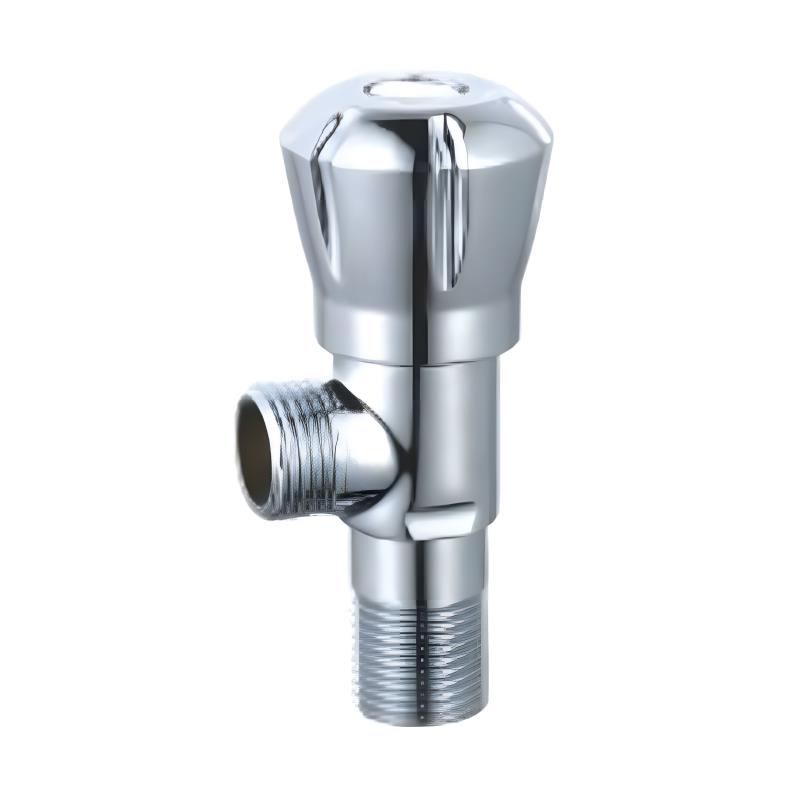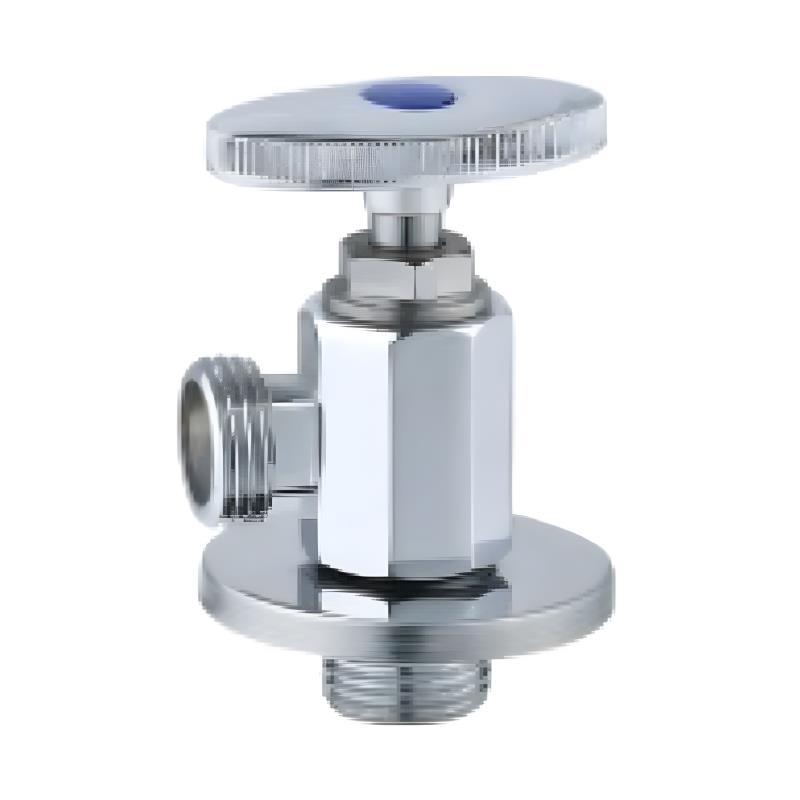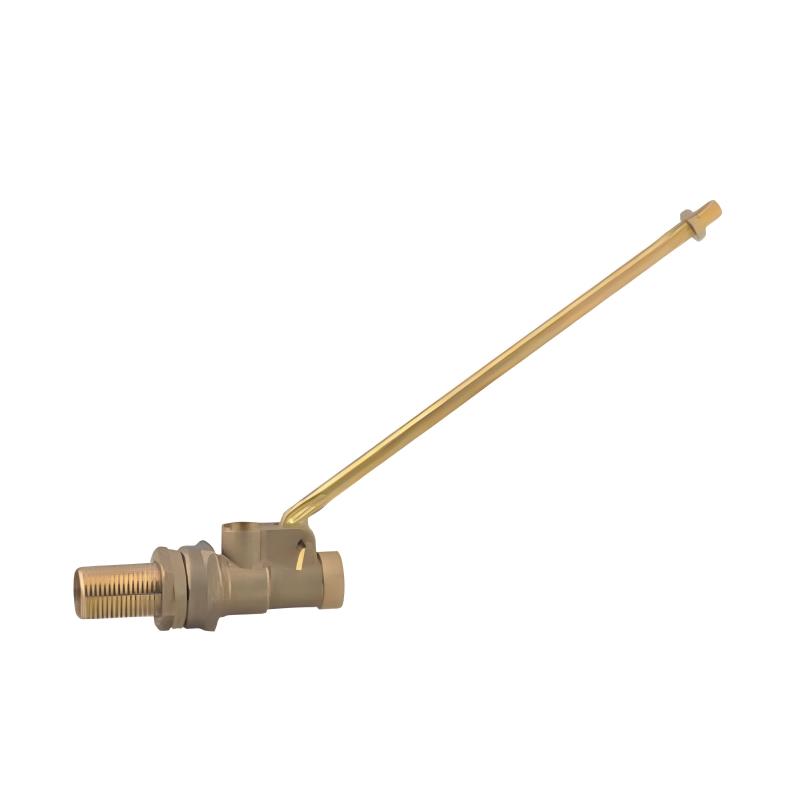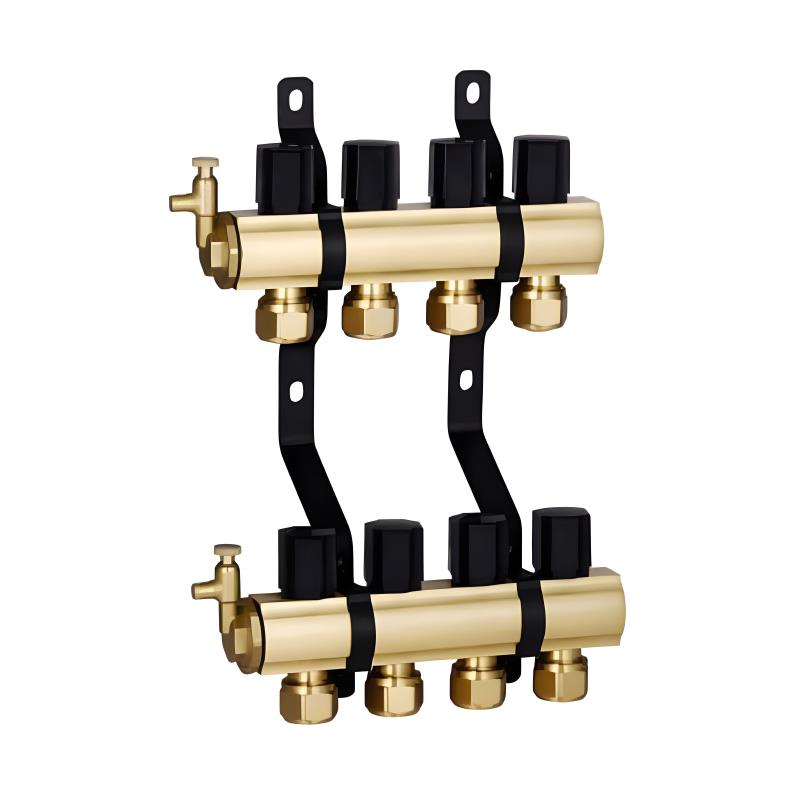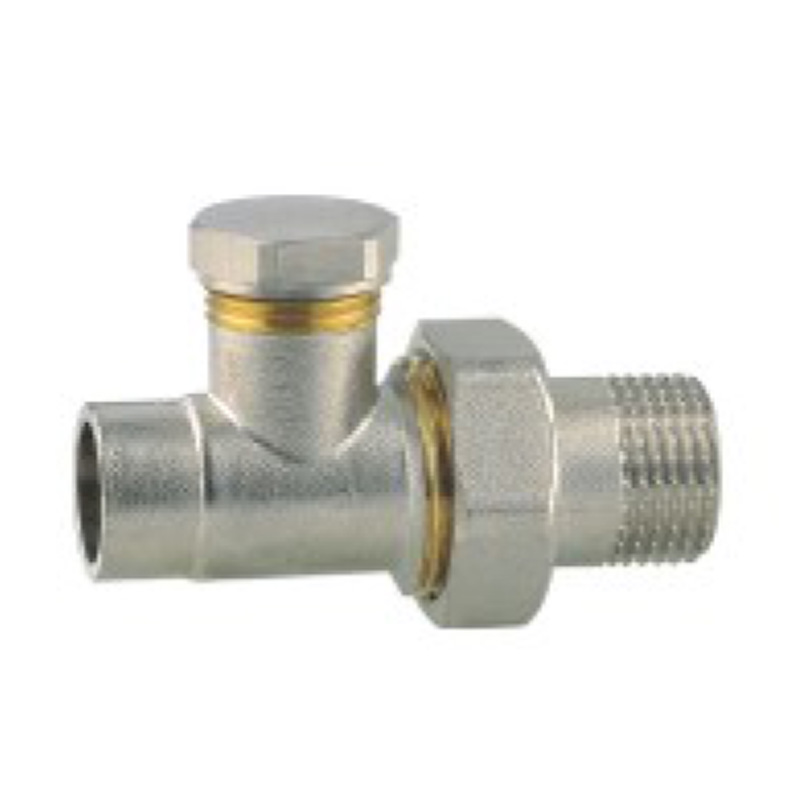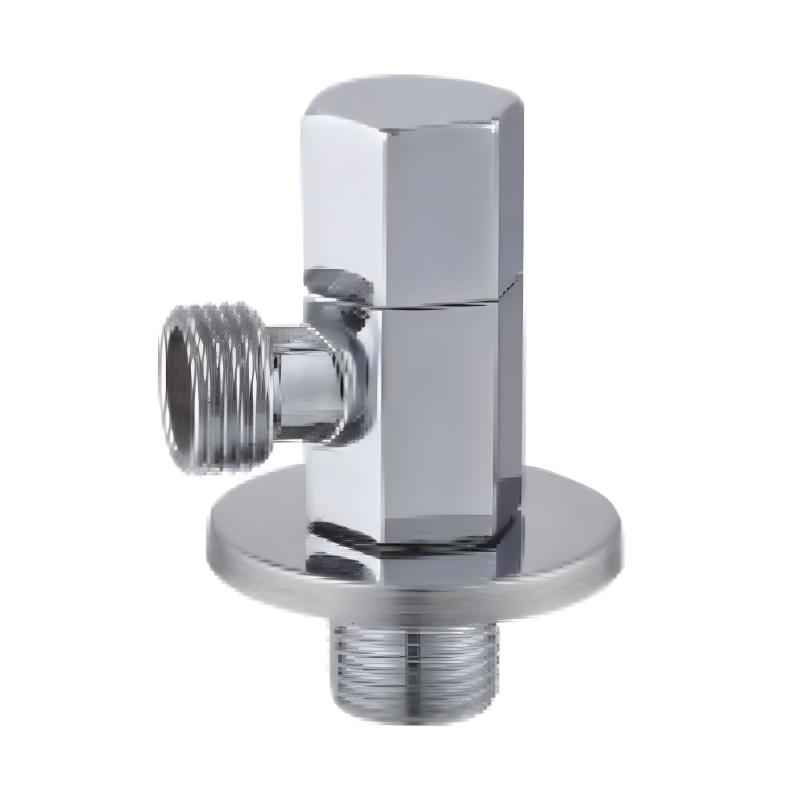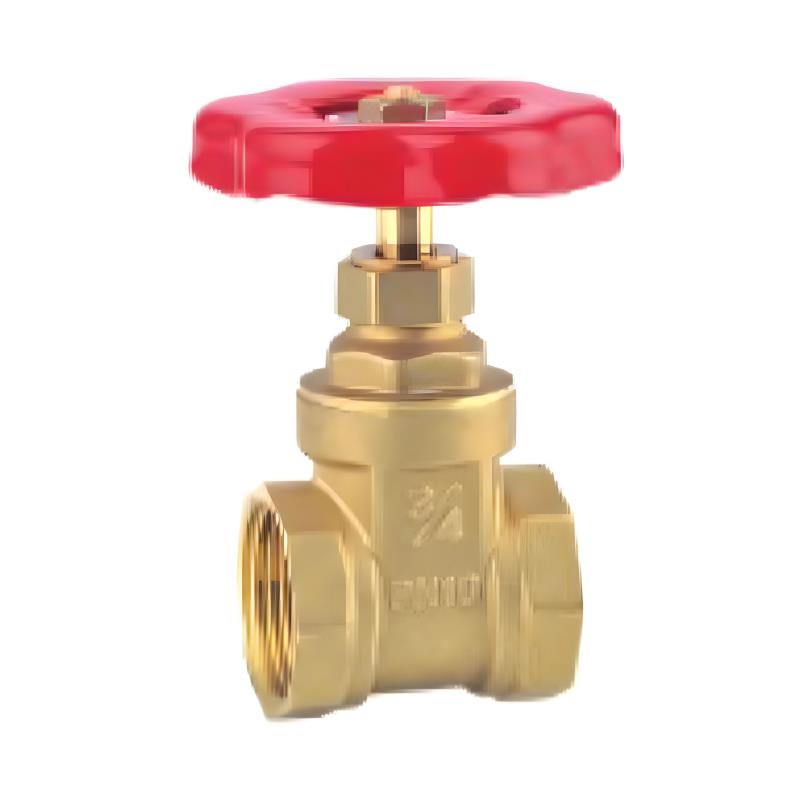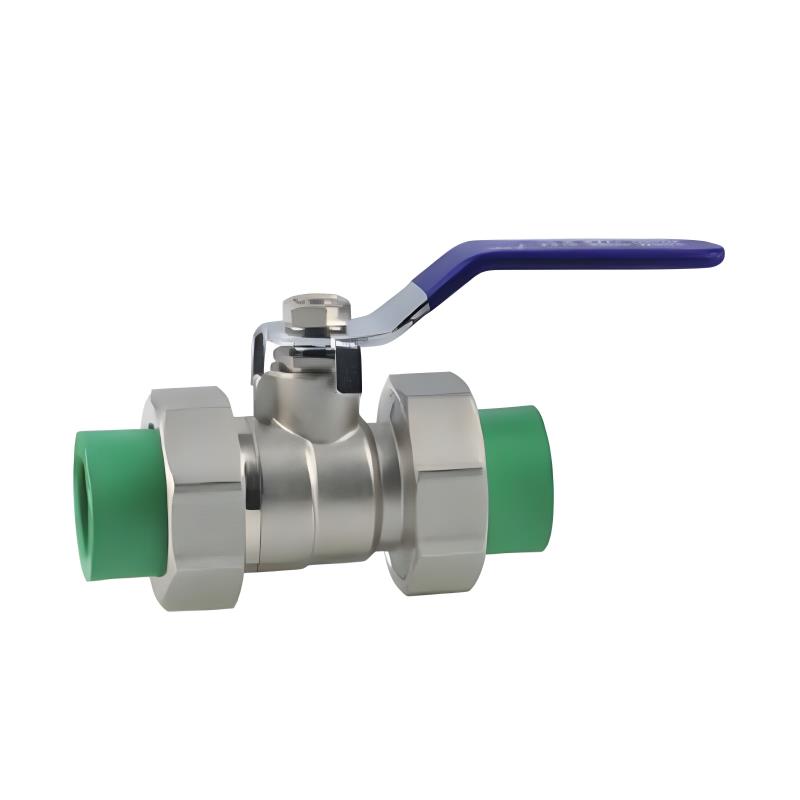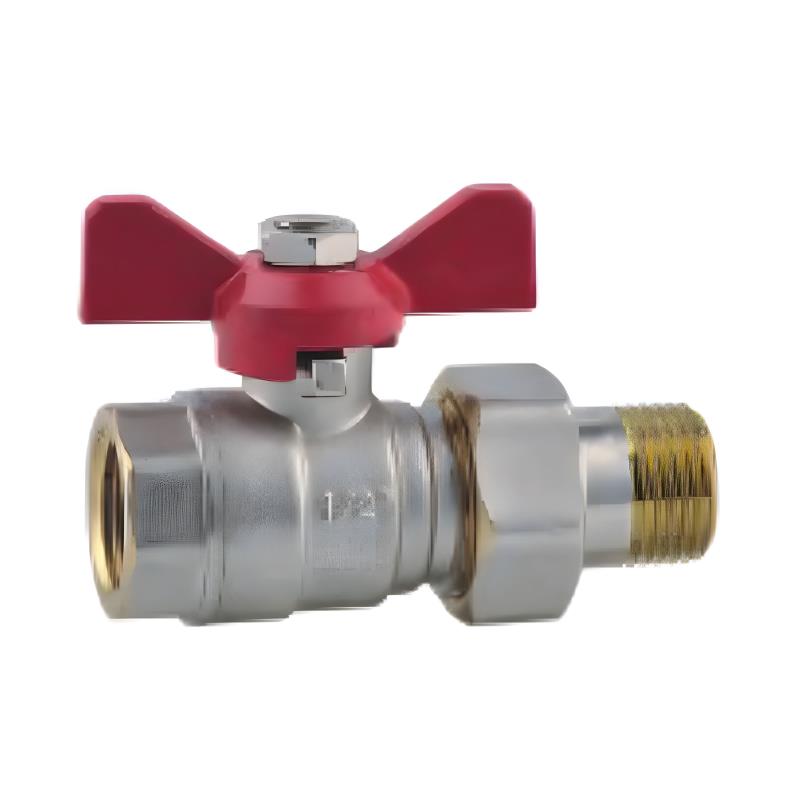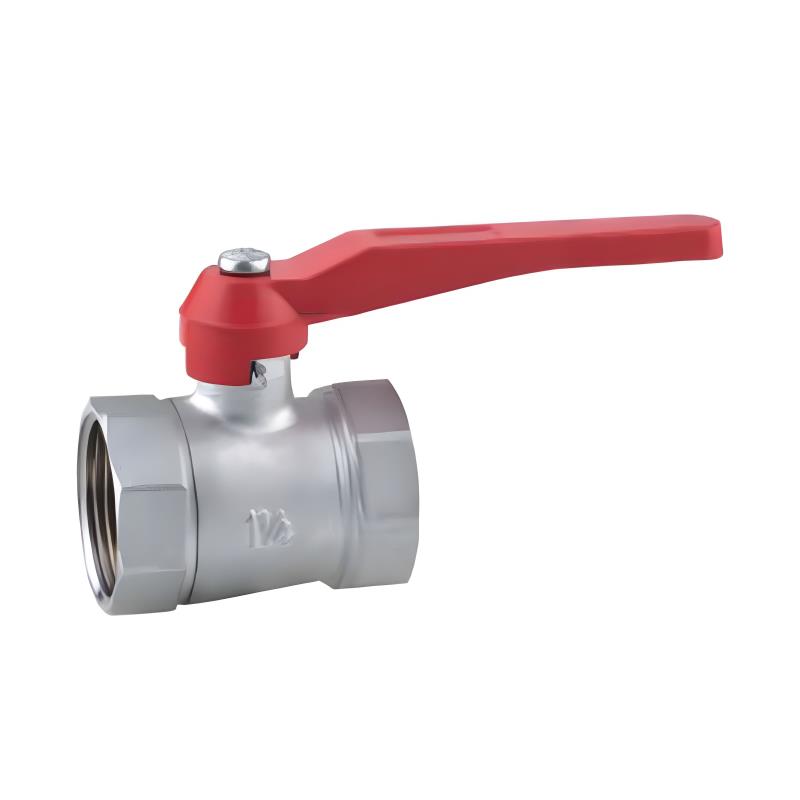Submit feedback
Signs It's Time to Replace Your Bibcock Valve
A bibcock valve is a common fixture in homes, gardens, and commercial spaces, used to control the flow of water from a pipe. While it may seem like a simple device, a malfunctioning bibcock valve can lead to water waste, increased utility bills, and even property damage. Knowing when to replace your bibcock valve is essential for maintaining an efficient and leak-free water system.
One of the most obvious signs that it's time to replace your bibcock valve is persistent dripping or leaking. Even when the valve is fully closed, water may continue to seep out. This is often caused by worn-out washers or seals inside the bibcock valve. While replacing these parts may offer a temporary fix, repeated issues usually indicate that the bibcock valve itself has reached the end of its service life.
Another clear indicator is reduced water pressure. If the flow from your bibcock valve has become noticeably weaker, it could be due to internal blockages, corrosion, or mineral buildup. Cleaning the aerator or flushing the valve may help in some cases, but if the problem persists, the bibcock valve may be too damaged to restore to full function.
Corrosion or visible damage on the bibcock valve body is also a strong signal for replacement. Over time, exposure to moisture and environmental elements can cause the metal components of the bibcock valve to rust or degrade. This not only affects the valve’s performance but also increases the risk of leaks or breakage. If you notice cracks, greenish deposits, or flaking metal on your bibcock valve, it's time to consider a replacement.
Difficulty in operating the handle is another sign that your bibcock valve may need to be replaced. If the handle is stiff, sticks, or requires excessive force to turn, it could indicate internal wear or stem damage. Lubrication might offer a short-term solution, but if the issue returns, the bibcock valve is likely beyond repair.
In colder climates, freezing can cause serious damage to a bibcock valve. If water is not properly drained before winter, the valve can freeze and crack. Even if the damage isn’t immediately visible, internal fractures can lead to leaks or complete failure when the valve is used again. If you suspect your bibcock valve has been exposed to freezing temperatures, inspect it carefully for signs of damage.
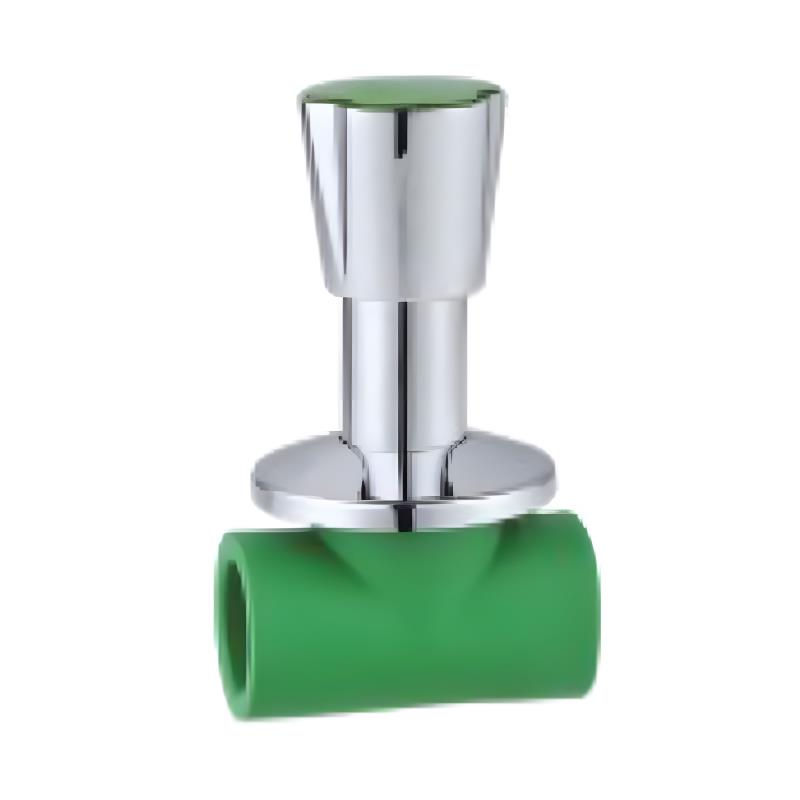
Frequent repairs are another clue that your bibcock valve may need replacing. If you find yourself constantly fixing leaks, replacing washers, or tightening connections, it may be more cost-effective to install a new bibcock valve. Modern versions are often more durable and efficient, offering better long-term performance.
Additionally, if your bibcock valve is outdated or incompatible with current plumbing standards, replacement is a wise choice. Newer models may offer improved water-saving features, better materials, and enhanced resistance to corrosion and wear. Upgrading to a modern bibcock valve can improve both functionality and water efficiency.
In summary, keeping an eye on the condition of your bibcock valve is essential for preventing water waste and avoiding costly damage. If you notice persistent leaks, low water pressure, corrosion, difficulty in operation, or frequent repairs, it’s likely time to replace your bibcock valve. Regular inspection and timely replacement will ensure your plumbing system remains reliable and efficient for years to come.
 +86-13989680588
+86-13989680588 graylin@hongjiavalve.com
graylin@hongjiavalve.com 
